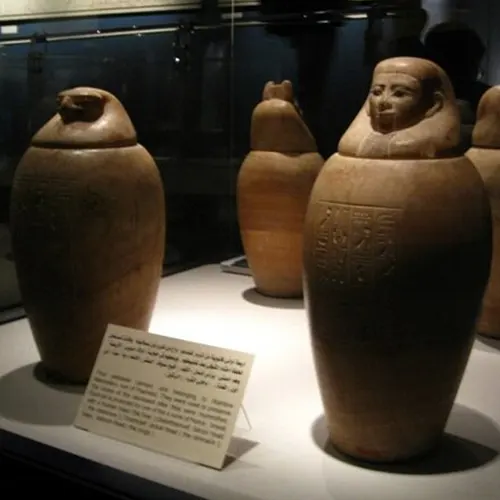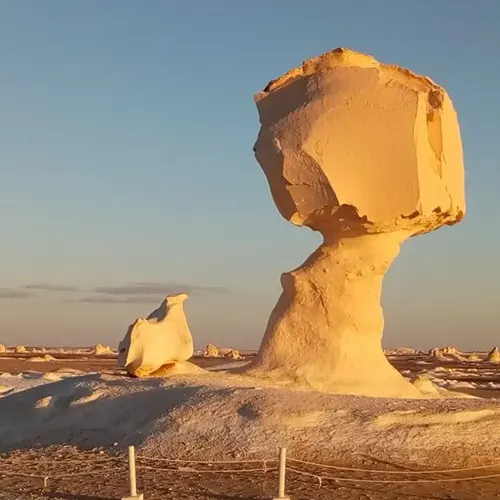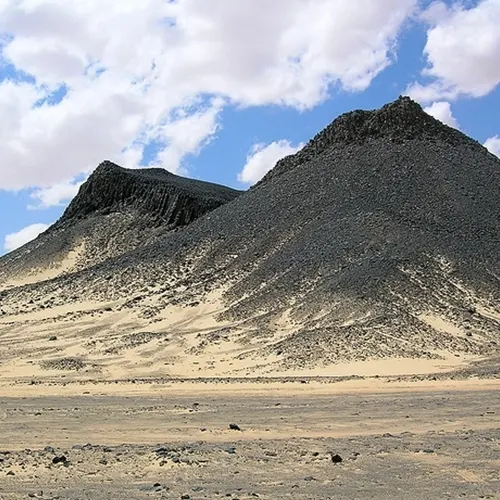
The Mummification Museum is located in the east of Luxor city, north of Luxor Temple. It was opened in 1997, and it is one of the most important museums in Egypt.
The Mummification Museum concept: The concept of the Mummification Museum mainly explains the mummification process and how the ancient Egyptians preserved their dead bodies for many years.
In ancient Egyptian beliefs, the god Anubis was the god responsible for the mummification of the dead. Also, in ancient Egyptian beliefs, they thought that they had to save the body by mummification in order for the soul to return to it again.
In addition, the ancient Egyptians mummified human bodies; they mummified the corpses of animals and birds, especially those belonging to the sacred ones. There are the Serapeum of the calf of the god Apis at Saqqara, the Catacombs of Ibis, and the baboons of the god Thoth in Tuna El-Gebel. There are mummies for dogs, cats, and crocodiles as well.
The museum collections are the mummification tools, some of Canopic jars, coffins, and amulets.
Some masterpieces of the museum:
- The Mummy of Masaharti: he was the General of the Army and high priest of Amun at Thebes during his father’s reign, king Piedjem I, in the 21st dynasty. His mummy was discovered in the royal cache of Deir El Bahari in 1881.
- Many statues of the ancient Egyptian gods as the god Anubis, the goddess Isis, the god Osiris, and the goddess Nephthys.
The Mummification process:
- The mummification process inside the mummification tent took almost 70 days.
- Firstly, the organs of the corpse were extracted through a small incision in the left side of the body, and these organs were mummified and preserved in the Canopic jars.
- Then, the body would be submerged in natron salt brought from Wadi El Natron to be dried for about 40 days.
- Then, the body would be wrapped in bandages of linen.
- Finally, the priests put magical amulets beside the body for protection in the coffin to move it to its tomb for burial.



